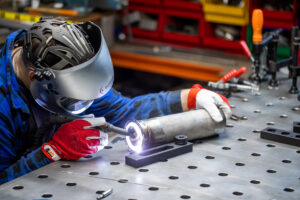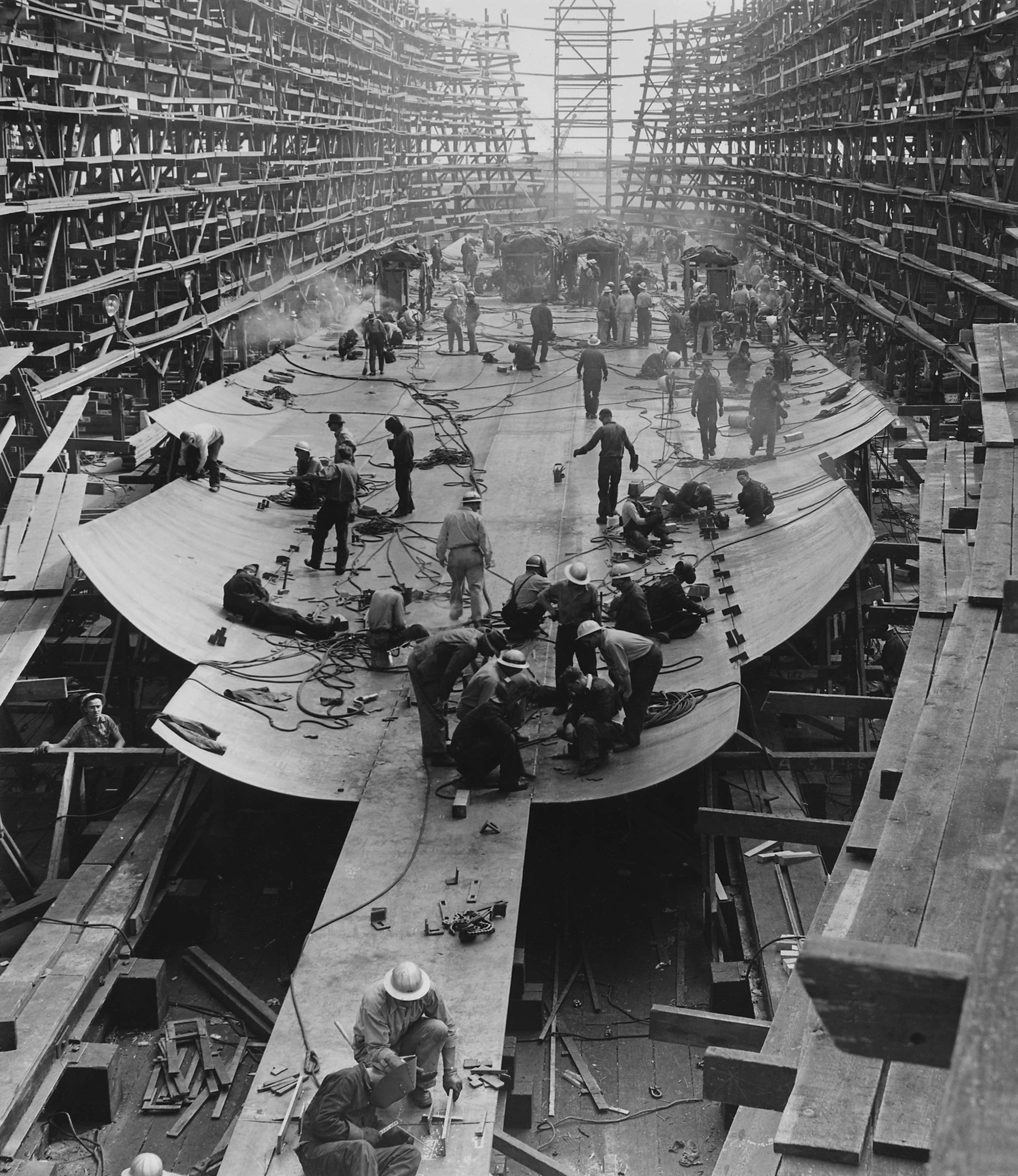In today’s fast-paced and high demanding world, businesses of all sizes rely on common and trusted technologies to remain competitive and meet their customers’ needs. During product development, DOE uses trusted open technologies, which exist for many years.
Some of them are well known, others are not. You can browse through the list to get more information and link to products that incorporate them and are available for installation.

Hydrophores are devices used for pressure building in water systems. They are often used in buildings with multiple floors or in areas with low water pressure.
The heating of water in circulation on a ship is an important process that ensures the availability of hot water for various purposes such as cooking, cleaning, and showering. The water heating system on a ship typically involves the use of a boiler that heats the water and a network of pipes and tanks that distribute the hot water throughout the ship.
UVC sterilization is a process that uses ultraviolet (UV) light with a wavelength of 254 nanometers to kill or inactivate microorganisms like bacteria, viruses, and fungi. UVC light is part of the electromagnetic spectrum, and it has a shorter wavelength than visible light, making it effective at destroying microorganisms.
Membrane filtering technology is a process that involves passing a liquid or gas mixture through a thin, porous membrane to separate unwanted particles or substances from the desired ones. The membrane acts as a barrier that allows only certain molecules or particles to pass through while blocking others based on size, shape, and other properties.
Peltier heating technology, also known as the Peltier effect or thermoelectric cooling, is a method of heating and cooling based on the thermoelectric effect. The thermoelectric effect is the generation of an electric current when two dissimilar metals are joined together at their ends and subjected to a temperature gradient.
Evaporation is a process of filtering a mixture by separating the solvent from the solute through the application of heat. This method is often used in industries such as food and beverage, pharmaceuticals, and chemicals.
In this method, the mixture is heated until the solvent evaporates and leaves behind the solute. The evaporated solvent can be collected and reused, while the remaining solute can be further processed or discarded. Evaporation can be carried out in various types of equipment, such as evaporators, distillation columns, and drying ovens.
Membrane distillation is a separation process that utilizes a porous membrane to separate a feed solution from a distillate through a vapor phase. In this process, the feed solution is heated and brought into contact with the membrane, which allows only the water vapor to pass through while rejecting other contaminants. The water vapor is then condensed on the other side of the membrane to produce pure distilled water.
Disc filtration is a type of mechanical filtration technology used to separate solid particles from liquids or gases by passing them through a series of stacked circular discs with grooves or ridges on their surfaces. The discs are arranged in a filter housing with the grooves facing inward, creating channels that allow the liquid or gas to pass through while trapping the solid particles on the surface of the discs.
Sand filtration is a common method of mechanical filtration used to remove suspended solids and other impurities from water and other liquids. It involves passing the liquid through a bed of sand, which traps the solid particles and allows the clean liquid to pass through.
Plate heat exchangers are a type of heat transfer technology used to transfer heat between two fluids. They consist of a series of thin metal plates with channels through which the fluids flow, allowing for efficient heat exchange.
Reverse osmosis is a process that removes dissolved salts and other impurities from water by applying pressure to force water molecules through a semipermeable membrane. While reverse osmosis is effective in removing dissolved minerals, it can also remove essential minerals such as calcium, magnesium, and potassium, which are beneficial for human health.
Activated carbon treatment is a common method for removing organic and inorganic contaminants from water and air. Activated carbon is a porous material that has a high surface area, which makes it effective in adsorbing (attracting and retaining) contaminants.
Ion exchange technology is a water treatment process that removes dissolved ionic impurities from water, such as hardness minerals (calcium and magnesium), heavy metals (lead, copper, etc.), and nitrates. It works by exchanging ions in the water with ions on a resin, typically in the form of small beads or granules.
Chlorination is a water treatment process that involves adding chlorine or chlorine-based compounds to water in order to disinfect it and make it safe for human consumption. Chlorination is one of the most widely used and effective methods for treating drinking water.
Chlorine is a powerful oxidizing agent that kills or inactivates harmful microorganisms, such as bacteria and viruses, in the water. When chlorine is added to water, it reacts with the organic matter and forms hypochlorous acid and hypochlorite ions, which are the active disinfectants. These disinfectants destroy the cellular structure of microorganisms, rendering them harmless.
Ceramic cross-flow filtration is a filtration process that uses a porous ceramic membrane to separate solids from liquids. The ceramic membrane is made up of small pores that allow liquids to pass through while retaining solids and other contaminants.
